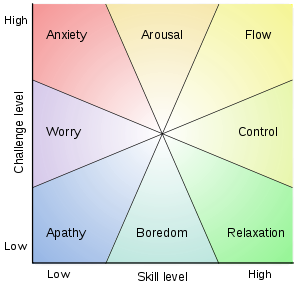by Mike Ososki, PMP, Communications Committee
It was cozy and energized, wrapped in deep wisdom and good humor. Presenter and teacher extraordinaire Andy Crowe wowed us all with his warmly engaging stage presence, sharing many things of motivation. And who can’t relate to that topic?
Mr. Crowe suggests, “There are so many motivation theories, it numbs the mind.” Epicurus and Aristotle may have started it with concepts like net pleasure, attraction/avoidance, and the idea of happiness for the sake of happiness. Most of these ideas still hold true today.
A recent professional study/survey of 3,000 PM’s, Team Members, Senior Managers, and Customers ranked the PM’s most important skills...
Project Managers named their top 3: to 1) plan, 2) communicate, and 3) resolve competing demands.
In contrast, Senior Management identified their top 3 for PM’s: 1) to motivate/build/manage the team, 2) address the underlying business need, and 3) properly set stakeholder expectations. A very different perspective.
So what motivates you? In the same study, Project Managers said that for themselves, it’s 1) satisfaction in a job well done, 2) meet deadlines, 3) build a team, and 4) satisfy stakeholders. When the PM’s were asked what motivates their team, they answered 1) advance career, 2) peer recognition, and 3) financial incentive (salary/bonus). Again, what a contrast! Part of the problem may be that most of us tend to believe we are different from everyone else.
Similar contrasts are found in history. Frederick Taylor, one of the first management consultants, sought to improve industrial efficiency. He asserted that extrinsic (contingent) motivators work, and that managers and rank-and-file workers are best treated as different classes. Consider Cuba Gooding Jr.’s classic proclamation: “Show me the money!”
On the other hand, consider Abraham Maslow’s “Hierarchy of Needs,” in which, once our lower needs are met, we may all ascend up into full self-actualization. (Nirvana? Andy’s daughter suggests that Wi-Fi may need to be added to Maslow’s list of our most basic needs.:)
Modern theorist Daniel Pink argues that contingent motivators can be counterproductive. They can narrow our focus, detrimental in that most of our work is not direct and linear, and solutions to complex problems “lie on the edge.”

Mihaley Csikszentmihalyi is about the X-Y aspects that culminate in “flow,” as depicted. This is the place in the zone where we lose
track of time, and give ourselves completely to the task at hand. Professional athletes and musicians often strive to attain this.
So do you believe your team is mostly motivated by extrinsic rewards, and provide mostly those incentives, while knowing that most motivation comes from intrinsic sources?
Research now focuses in 3 key areas: 1) control/autonomy, 2) skill/mastery, and 3) impact/purpose.
We see the practice of autonomy in Agile methodology, where teams largely decide for themselves how, when, and where they work. Developing skills can lead to tremendous motivation. Investing in teams in the form of continuous education yields double results: more skill AND motivation. It’s certain that all seriously motivated professionals are committed to lifetime learning.
And if you can achieve team buy-in that ties work to a greater purpose that they can believe in, this is the incredible power of visionary leadership, sometimes revolutionary and able to move mountains. With the right purpose, all project managers, their teams, and even humanity at large will benefit greatly when this happens.

